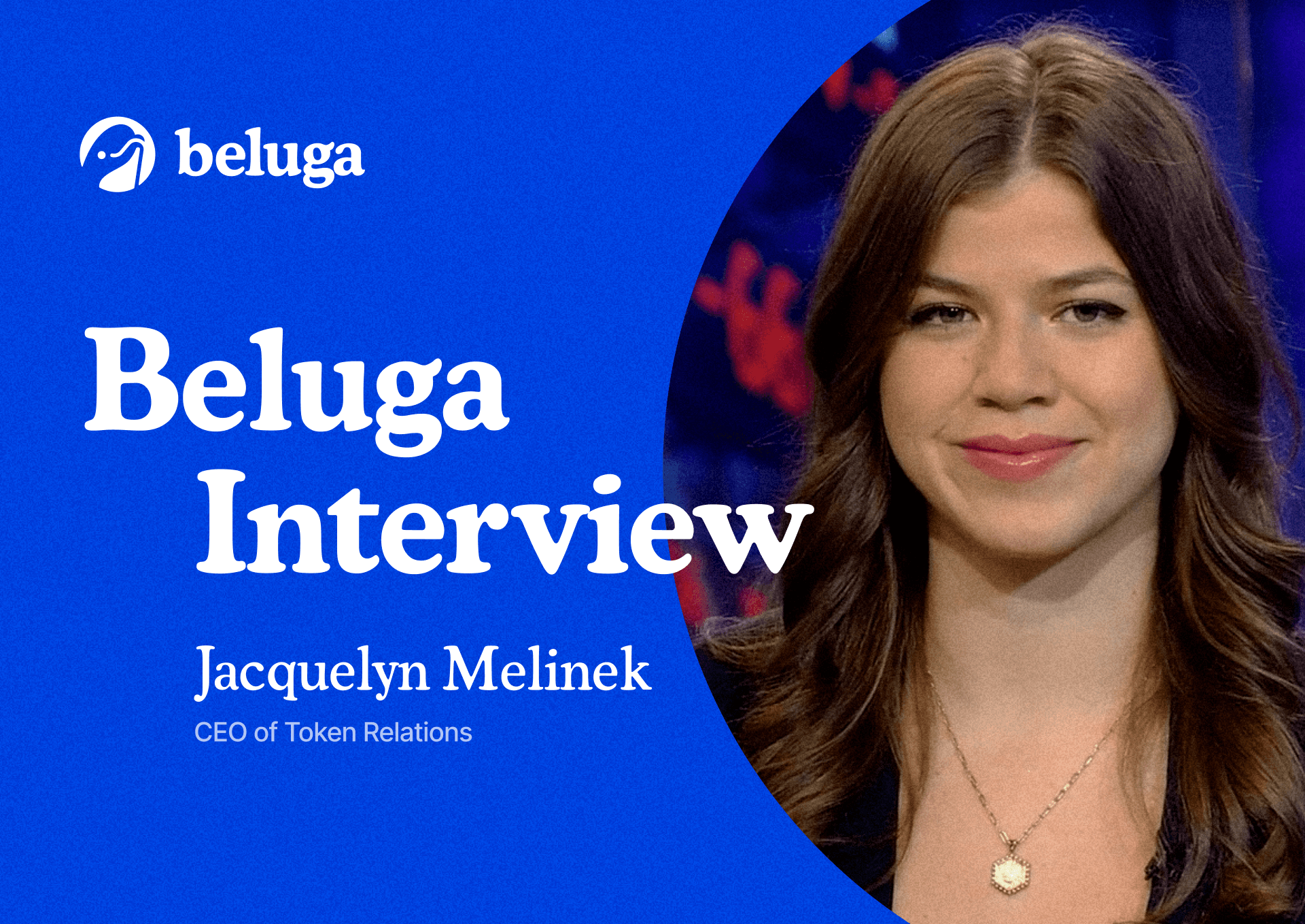Beluga Spotlight: Evan Cheng
By Will McKinnon Updated November 26, 2024

About Evan Cheng
Evan Cheng is the Co-Founder & CEO of Mysten Labs, the developer behind the groundbreaking Sui layer 1 protocol. In addition to being the winner of the prestigious 2012 ACM Software System Award, Evan has an extensive background in platform development, with more than 24 years building developer-facing technology and leading engineering teams at companies such as Apple and Facebook. Prior to founding Mysten Labs, Evan led the Novi Research at Meta developing cutting-edge blockchain technologies.
Interview
1. Help me understand – what is the role of Mysten Labs in the Sui ecosystem?
Mysten Labs is a company founded by a group of technology engineers, leading distributed systems, programming languages, and cryptography experts, who had been leading Meta’s Web 3 initiatives and created the Move programming language. Mysten Labs is the original contributor to the Sui layer 1 protocol, and continues to be a key member of the Sui ecosystem, building applications for Sui.
2. As a former Apple engineer and manager with over 10 years of experience, could you share your insights on the fundamental differences and similarities between web2 and web3? What motivated you to build in web3?
I have spent my career as a technologist – I spent ten years at Apple and six years at Facebook, where I made a reputation for completely replacing outdated or broken systems. That’s how I got into web3. The concept was interesting. I could see how it would change ownership, change product experience, change how people think about transferring value and assets around. But the systems in use had gas fees and network congestion that made them almost unusable, and certainly not scalable. I thought that, with the right team, I could offer millions of developers a tool enabling them to use blockchain technology to solve real world challenges. Sui is that tool.
3. You guys have put a lot of energy into DeFi and gaming – what about Sui works well for those two particular verticals?
Sui’s horizontal scalability, viable and efficient cost model, and the ability to create seamless user experiences due to low latency and object centricity are all particularly important for web3 gaming and DeFi applications. Using Sui you can sell an NFT in a half of a second, while on Ethereum it takes an average of 12 seconds to post a transaction. For power blockchain users, that 12-second latency is an eternity. In credible testing environments, Sui has demonstrated its capacity to process 297,000 transactions per second compared to 15 transactions per second on Ethereum. Another standout is Sui’s programming language, Move. With Move, Sui developers have created decentralized applications that are faster, cheaper and safer but also more flexible — in Sui Move, typed objects are first-class and highly compositional, with objects able to have arbitrary attributes and own other objects.
Gaming is a perfect first use case for Sui, and blockchain technology as a whole, because the users are already there. Gamers already devote thousands of dollars and hours to customizing and enhancing the capabilities of their avatars in games such as Fortnite and League of Legends. They have spent years, almost decades at this point, with digital assets, so they understand the power of the true ownership that Sui’s object-oriented model gives them.
4. Unlike most blockchains, Mysten’s HQ is in Silicon Valley, plus, you’ve hired a lot of Silicon Valley employees. How does that reflect in the company’s culture?
I think what attracts our employees to Mysten Labs is really two-fold – one, a willingness, even a dedication to what we call “carrying the box,” or the idea that everyone is responsible for success. No task is too small or too big, and we are all committed to succeeding together. The second, which is perhaps geared more towards candidates with web3 experience, is that we regard ourselves as the adults in the room. We do things when we say we’re going to do them, such as launching Sui mainnet on time, or hitting milestones in our TVL in record time. We accomplish the goals we set for ourselves.
5. Let’s talk 2024 – what do you think needs to happen this year to push us closer to the ever-elusive idea of mass adoption?
2024 will be an inflection point for subsectors like web3 gaming. In 2024, we’ll have had big titles on the docket for a number of years with no notable launches. It takes a long time to make a game, but three years is where web3 gaming will have to prove itself. If it does, we could see mass legitimization and a re-emergence of funding. You could argue that some big tech ideas get a limited amount of chances to prove themselves – IOT, AI, etc. Web3 gaming may be on its third chance–if some of those big names fail to launch their web3 games or if the games do poorly, it’ll be a huge setback for the industry.
Join the Beluga Brief
Dive deep into weekly insights, analysis, and strategies tailored to you, empowering you to navigate the volatile crypto markets with confidence.
Never be the last to know
and follow us on X








